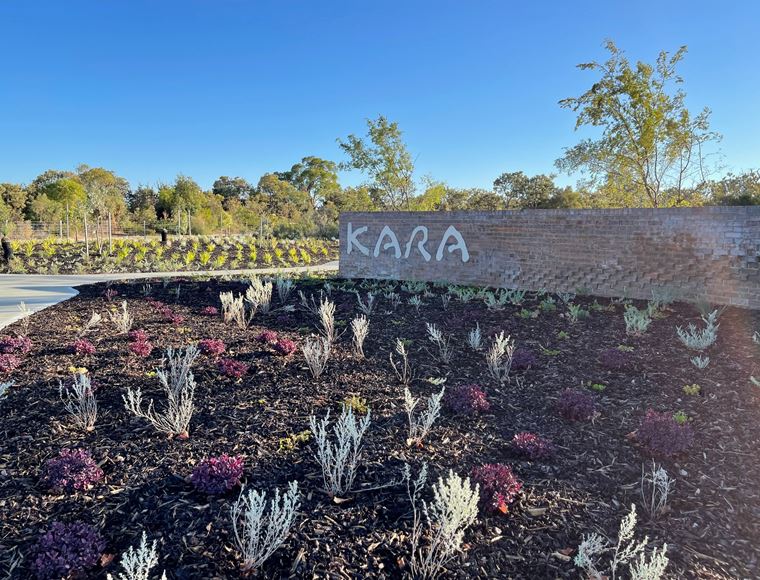Estate Soil Types and What It Means for Home Buyers
When you’re building a new home, a lot needs to be considered before construction can even start.
From home design and layout to fencing, finishes and more, a lot of research and planning is required to ensure you get the home of your dreams without blowing your budget.
But how much consideration have you given to the soil type you’ll be building on? For most, the answer is minimal, but what if we told you that the type of soil you’re building your foundation on can increase or decrease your home's cost by thousands of dollars? Suddenly soil becomes a much higher priority.
We’ve put this article together to help you better understand soil types, how they affect your build and the specific soil type in Kara, Treeby.
Why is soil type so important?
Regardless of how a building is constructed, it can and often will move. This movement can be up, down, lateral or rotational, with the cause generally pointing to problems in the foundation soil.
To limit any problems in a home’s foundation, and prevent any possible movement, it’s important to classify the type of soil that’s being built on.
The soil classification is used by builders when designing the slab and the footings. If movement is expected, based on the soil type, the slab and footings need to be adjusted to allow for this. And that can be a costly exercise.
In fact, the higher the reactivity and movement in the soil, the more engineering is required, which can increase the cost of your home by thousands of dollars.
How is your estate lot classified?
The first step in classifying an estate lot is to conduct a soil test.
Based on the soil test results, the soil will be classified with one of six letters (A, S, M, H, E, P) - each representing a soil type.
Houses can be built on all classifications but building costs will vary depending on the Site Classification.
|
Soil Type |
Stands For |
Characteristics |
Surface Movement |
|
A |
Acceptable |
Little to no ground movement from moisture changes (not reactive); most sand and rock sites |
0mm |
|
S |
Satisfactory |
Slightly reactive with only slight ground movement from moisture changes; clay sites |
0-20mm |
|
M |
Moderately Reactive |
Moderately reactive with moderate ground movement from moisture changes; clay or silt sites |
20-40mm |
|
H |
Highly Reactive |
Highly reactive with high ground movement from moisture changes; clay sites |
40-60mm |
|
E |
Extremely Reactive |
Extremely reactive with extreme ground movement from moisture changes; clay sites |
60-75mm |
|
P |
Problem – or phenomenon |
Includes soft soils, such as soft clay or silt or loose sands; landslip; mine subsidence; collapsing soils; soils subject to erosion; reactive sites subject to abnormal moisture conditions or sites which cannot be classified otherwise. |
N/A |
How are sites classified in LWP estates?
After completing the required subdivision works, a geotechnical engineer designates all residential lots with a specific Site Classification.
The Site Classification is a rating that is dependent on several factors such as soil type and moisture content.
The most important factor is the type of soil used to complete the earthworks. The more reactive the soil, the higher the Site Classification, with sandy sites having the highest Site Classification.
What’s the soil type of lots in Kara, Treeby?
Kara estate has Class A soil, which is the best soil type classification to build on.
Class A (stands for Acceptable): This is the highest quality site classification, which means there is little to no ground movement from moisture changes (such as sand and rock).
With this soil type, there are no additional drainage specifications required and the builder can lay a standard slab on it.
A class A site is most sought after by builders and is most common in land estates in WA.
What does this mean for buyers?
When you buy and build in Kara, you get the added peace of mind of knowing that you’re building on Class A soil, which is the best soil type classification to build on.
With no additional drainage specifications required and only the need for a standard slab, you won’t get hit with any unforeseen and unbudgeted build costs.
If you’re looking to build your dream forever home in Kara, see our current land for sale to find your perfect block.


